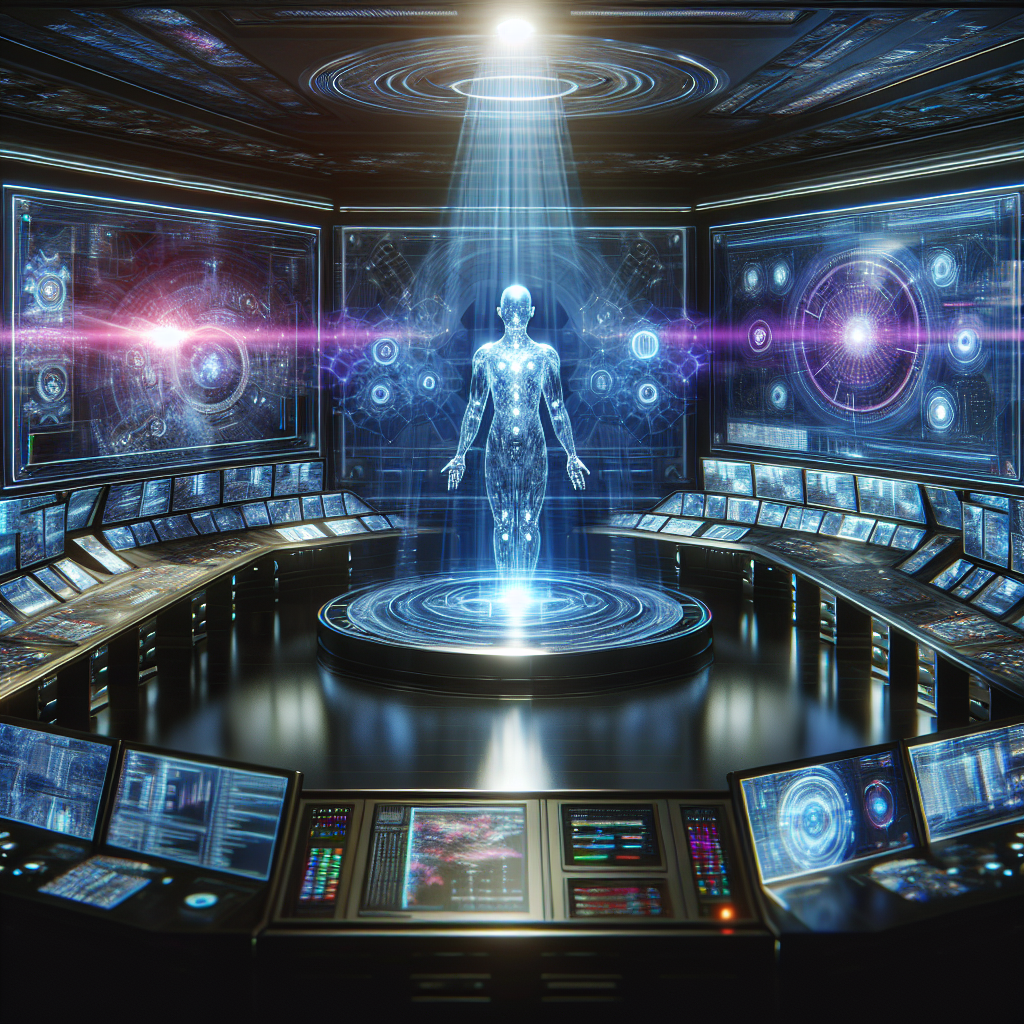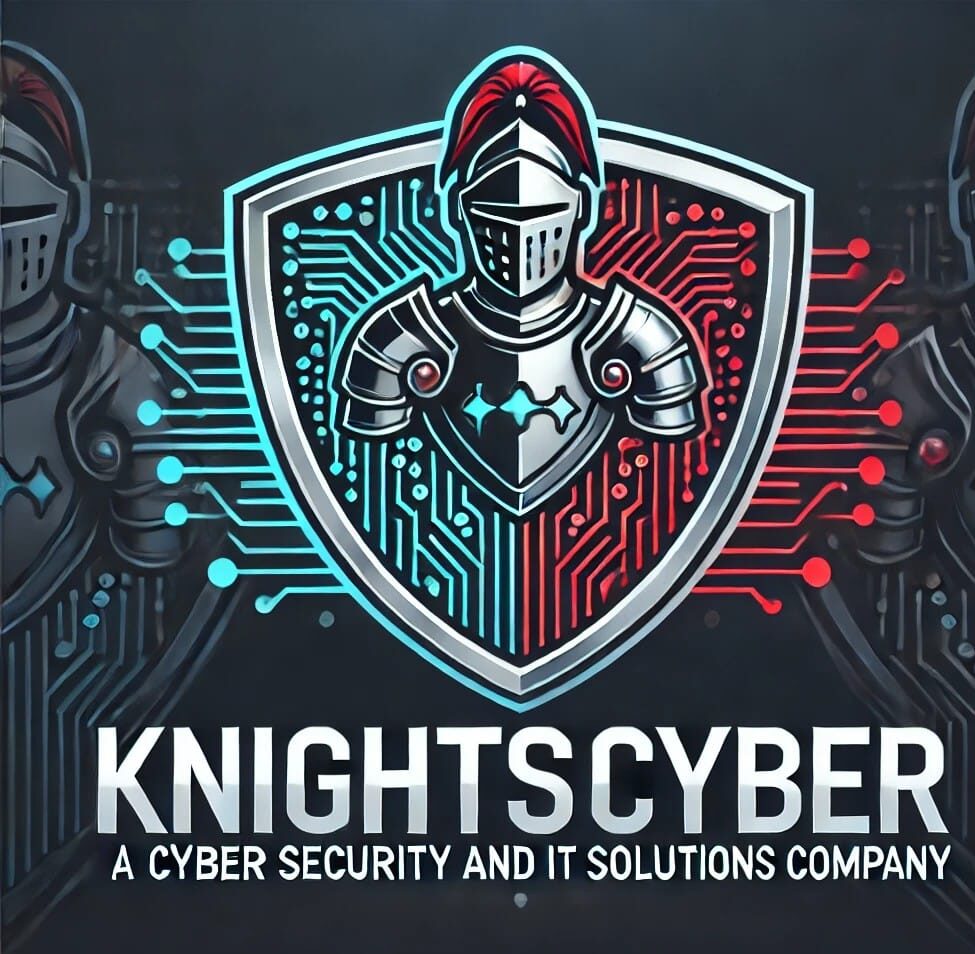AI Automation with Human Factor Shaping Cybersecurity’s Future
CyberSecurity
AI Automation with Human Factor Shaping Cybersecurity’s Future
Introduction
In an era where digital transformation is at the forefront, cybersecurity has become more critical than ever. With threats evolving rapidly, the integration of artificial intelligence (AI) and automation with the human element in cybersecurity is reshaping the landscape. This article explores how these elements are converging to define the future of cybersecurity.
The Rise of AI and Automation in Cybersecurity
As cyber threats grow in complexity, traditional security measures are no longer sufficient. AI and automation bring significant advancements in threat detection and response. These technologies offer several benefits:
- Enhanced Threat Detection: AI algorithms can analyze vast data sets quickly to identify patterns indicative of cybersecurity threats.
- Improved Response Times: Automation enables quicker response times to threats, minimizing the potential damage caused by breaches.
- Scalability: With automated systems, organizations can manage increasing volumes of data and threats without overwhelming their resources.
AI’s Role in Reducing Human Error
Human error remains one of the most significant vulnerabilities in cybersecurity. AI can mitigate this risk by automating routine tasks and reducing the chances of mistakes. Additionally, AI assists in providing predictive analytics, thereby enabling proactive measures rather than reactive responses.
The Crucial Human Factor
Despite the many advantages of AI and automation, the human factor remains indispensable in cybersecurity strategies. Humans provide:
- Intuition and Insight: Humans possess the ability to understand context and make judgment calls that machines cannot.
- Creative Thinking: Creativity is essential in cybersecurity for developing innovative solutions and anticipating unconventional attack vectors.
- Ethical Decision-Making: Cybersecurity professionals maintain ethical standards and ensure compliance with legal regulations.
Complementary Roles of Humans and Machines
The integration of AI and automation does not mean replacing humans. Instead, it enhances human capabilities. By delegating repetitive and time-consuming tasks to machines, cybersecurity professionals can focus on strategic decision-making and complex problem-solving.
Building an Adaptive Cybersecurity Framework
To create robust cybersecurity frameworks, organizations must adopt an adaptive approach that leverages both AI technology and human expertise. This involves several strategies:
- Continuous Learning: Systems must be designed to adapt to new threats through continuous learning and updating mechanisms.
- Collaboration: Encouraging collaboration between machines and human teams can lead to more comprehensive security solutions.
- Training and Development: Ongoing training for cybersecurity professionals ensures they stay updated with the latest technologies and threat landscapes.
Challenges and Considerations
Implementing AI and automation in cybersecurity presents certain challenges. These include:
- Data Privacy Concerns: AI systems require access to large amounts of data, raising privacy and consent issues.
- Algorithmic Bias: AI systems can reflect the biases in their training data, potentially leading to unfair or incorrect decisions.
- Dependence on Technology: Over-reliance on automation could lead to complacency among human teams.
Addressing these challenges requires a balanced approach, integrating ethical considerations and constant vigilance.
Conclusion
The future of cybersecurity lies in the seamless integration of AI automation with the invaluable human factor. As cyber threats become more sophisticated, a combined approach leverages the strengths of both machines and humans, creating more resilient and adaptive security systems. Organizations that embrace this synergy will be better equipped to face the ever-evolving threat landscape, ensuring the safety and privacy of their digital assets.
